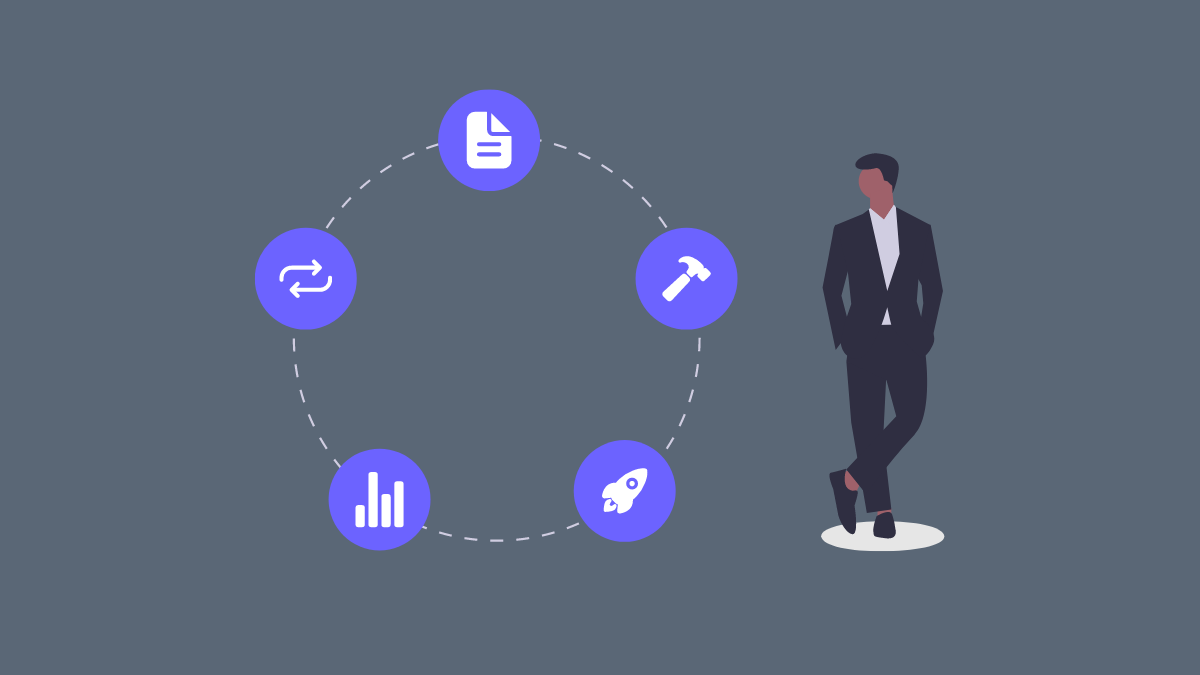Past Event: Oct 11, 2023
Customer Success with Oracle Integration Cloud - On-demand Webinar
1 min read

Author: Yilmaz Ozturk
4 min read
Traditionally, customers with Oracle SaaS solutions either had to rely on point-to-point integrations or use on-premise integration platforms (i.e. Oracle SOA, Tibco). However, if they really wanted to use a cloud-based integration platform, they had to choose a 3rd party solution such as IBM Cast Iron, Web Methods.
In 2015, Oracle released Integration Cloud Service (ICS) to address this challenge and to deliver a cloud-based integration platform, which I was privileged enough to design & lead one of the first production-grade solutions in EMEA. ICS continued to transform and Oracle announced Oracle Integration Cloud (OIC) in 2017, as the next evolution in their integration capabilities.
So, what is Oracle Integration Cloud (OIC)? OIC allows businesses to securely connect services and applications both on-premises and in the cloud.
Oracle Integration Cloud (OIC) delivers three key functionalities.
1. Integration capabilities enable us to define each source/target system as a connection using predefined/custom application adapters and then define orchestration flows to enable the data to feed between different systems. All of your integration can be centralised, managed & monitored using one platform.
2. Visual Builder capabilities enable us to rapidly create and publish bespoke web and mobile applications tailored to our customers’ needs using a low-code/no-code visual development tool.
3. Process capabilities enable us to rapidly build, automate & monitor business processes such as approval flows which may contain steps including human intervention or calling an API to automatically check eligibility without the need for manual intervention.
I’ll focus on the Integration aspect of OIC in this blog.
As Boxfusion is a niche Oracle consultancy purely focused on implementing Oracle CX (SaaS & Siebel) and Oracle PaaS solutions, our primary focus and lifesaver has been Oracle CX SaaS Integration Adapters (Oracle Engagement Cloud, Oracle B2C Service (RightNow), Oracle Eloqua, Oracle Responsys) along with any other generic technology adapters (i.e. FTP Adapter, REST, SOAP, DB Adapters) to complete and deliver solid integration flows to fulfil customer requirements.
When building integration flows for our customers, we follow certain tried and tested, repeatable patterns and I wanted to summarise a few of these below:
Generic technology adapters also enable us to be innovative. In one of our implementations, we’ve managed to tweak the generic REST adapter on OIC to consume GraphQL endpoints (yes there are some companies that only expose GraphQL APIs!).
OIC also gives us the ability to leverage various key components delivered by Oracle Cloud Infrastructure Gen2 such as API Gateway, Oracle Functions, Object Storage. For example, with the help of OIC we were able to build integration flows ingesting the marketing activity extracts from a temporary SFTP directory (which purged the data after 14 days) and archive them in OCI Object Storage on a daily basis.
All in all, OIC has been a game-changer for specialised Oracle CX system integrators like Boxfusion, enabling us to move from point-to-point integrations which were significantly more difficult to maintain, monitor and extend to a cloud-based integration platform where we are able to build resilient integration flows that are future-proof and easier to maintain, monitor & less-costly to our customers to extend.
If you’d like to learn more about our experience with OIC and need help with your project, please feel free to get in touch!
1 min read
Discover how Boxfusion Consulting helped IQPC realise their vision. Joining the...
2 min read
6 min read